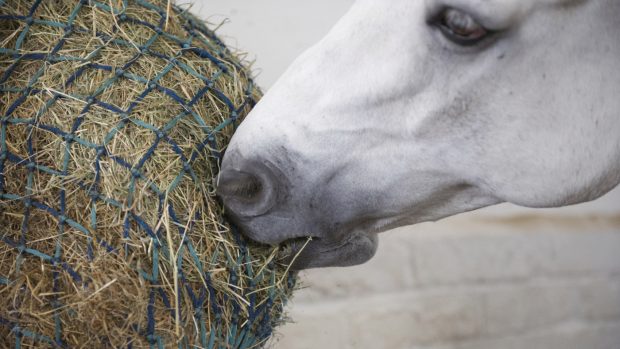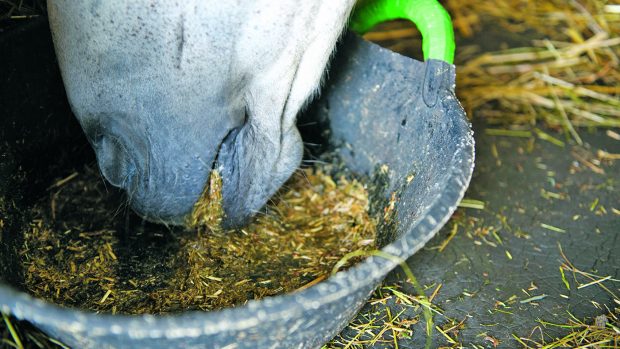Feeding quality forage, free from dust, mould and contamination, plays a big part in keeping your horse in peak condition. Correct storage is vital to prevent nutrient levels from falling.
Hay and haylage should be stored in a dry, well-ventilated environment. Ideally, keep your hay on pallets to prevent any damp or vermin and store it downwind of your stables to help prevent both spores and fire spreading.
When a new delivery of hay arrives, stack the oldest bales at the front so that they are used up first and dispose at once of any mouldy bales you find to prevent contamination.
Haylage and silage can be stored outside, but, if a bag becomes pierced or broken, use the contents immediately so it does not contaminate the other bales.
Storage do’s and don’ts




